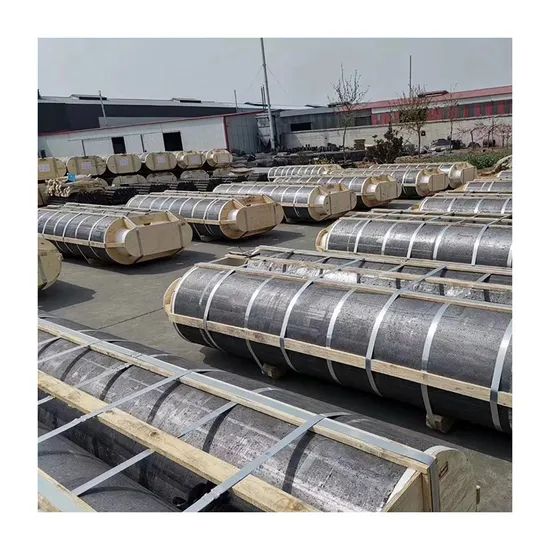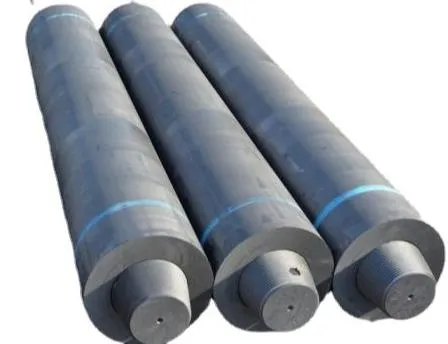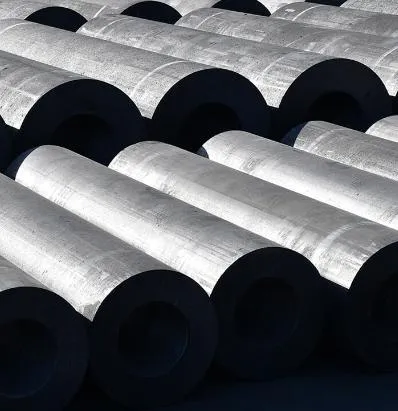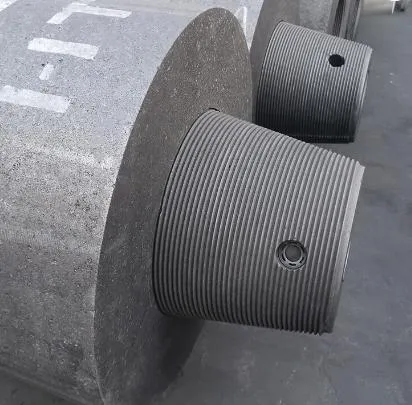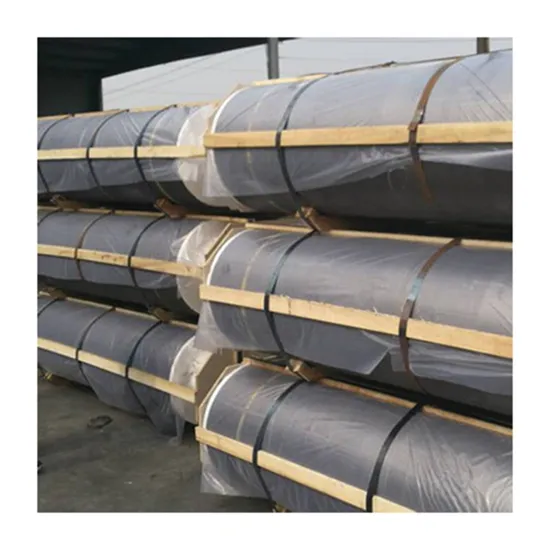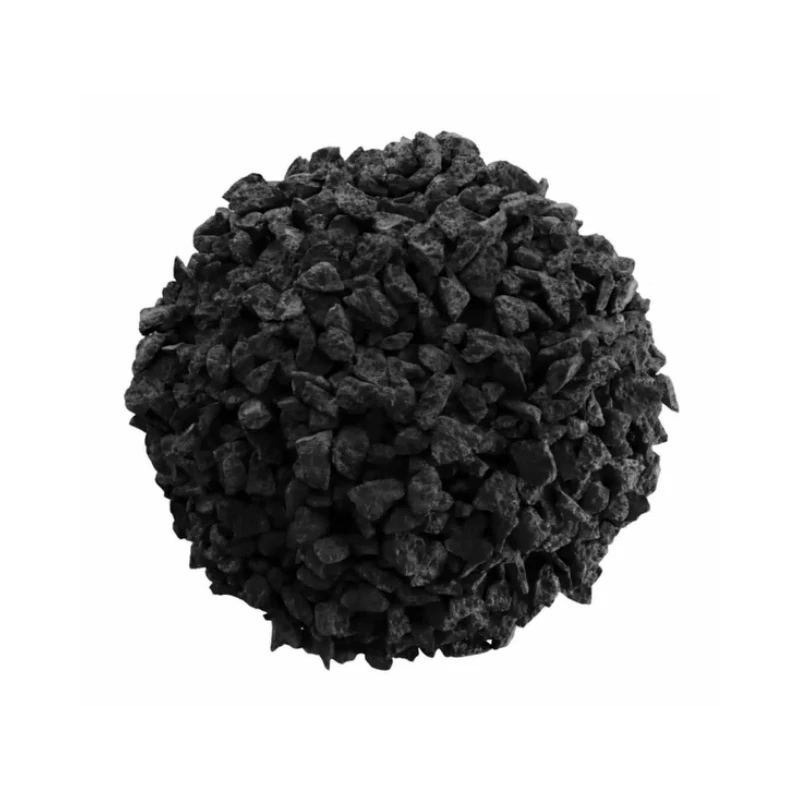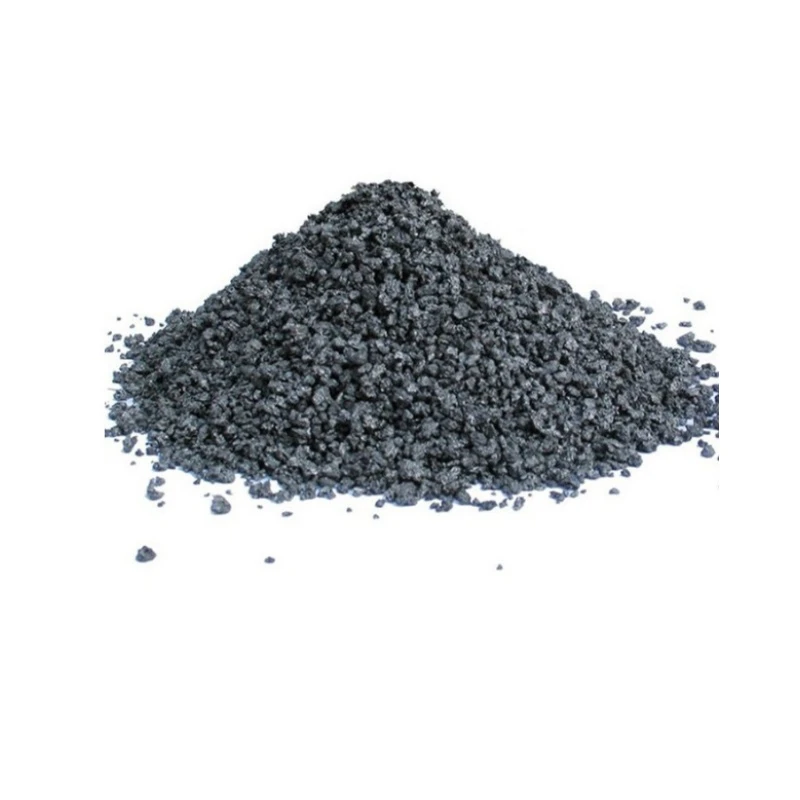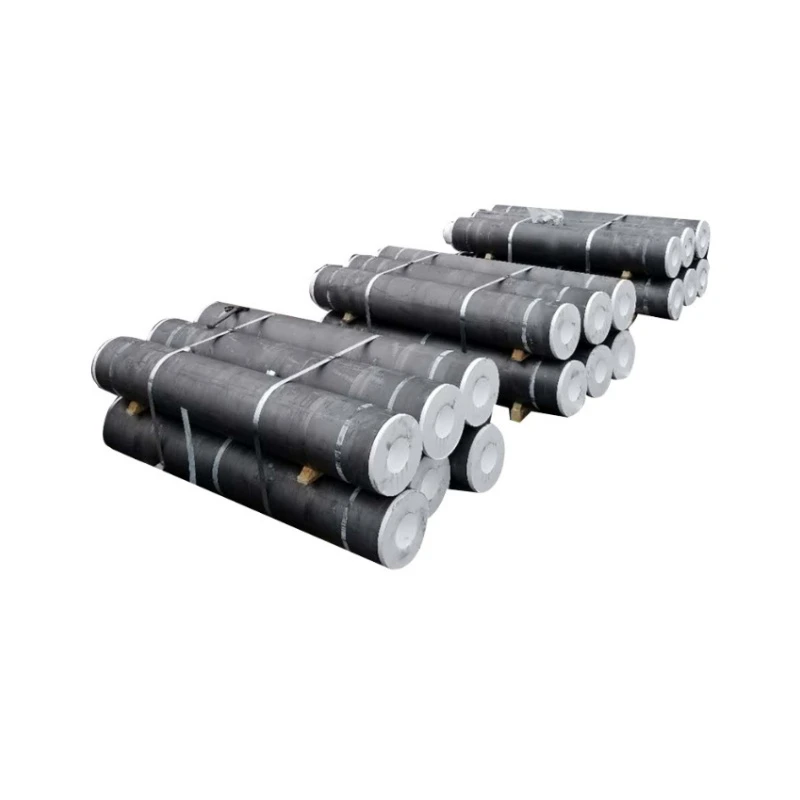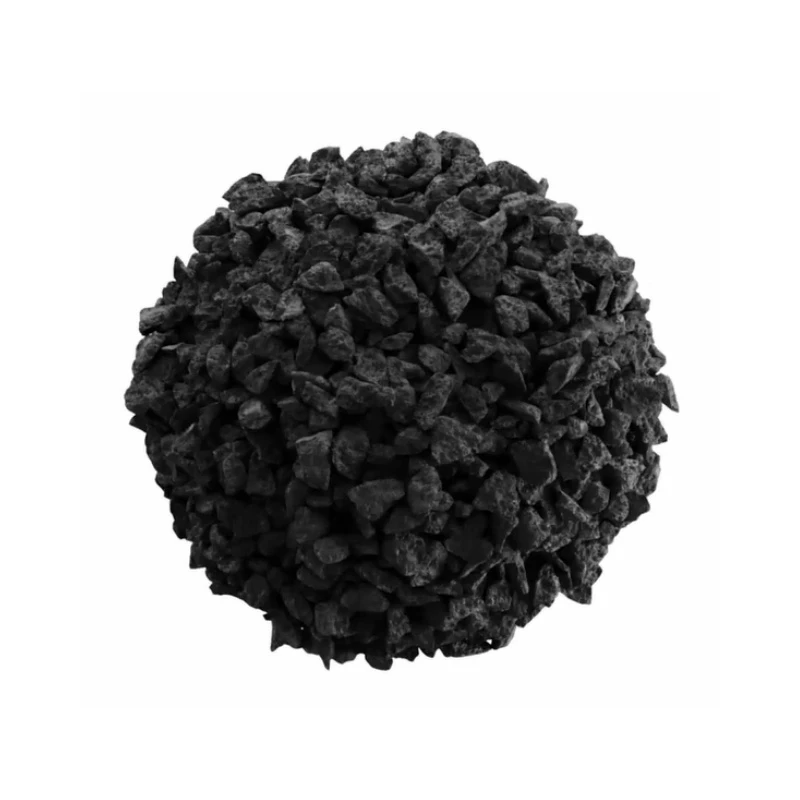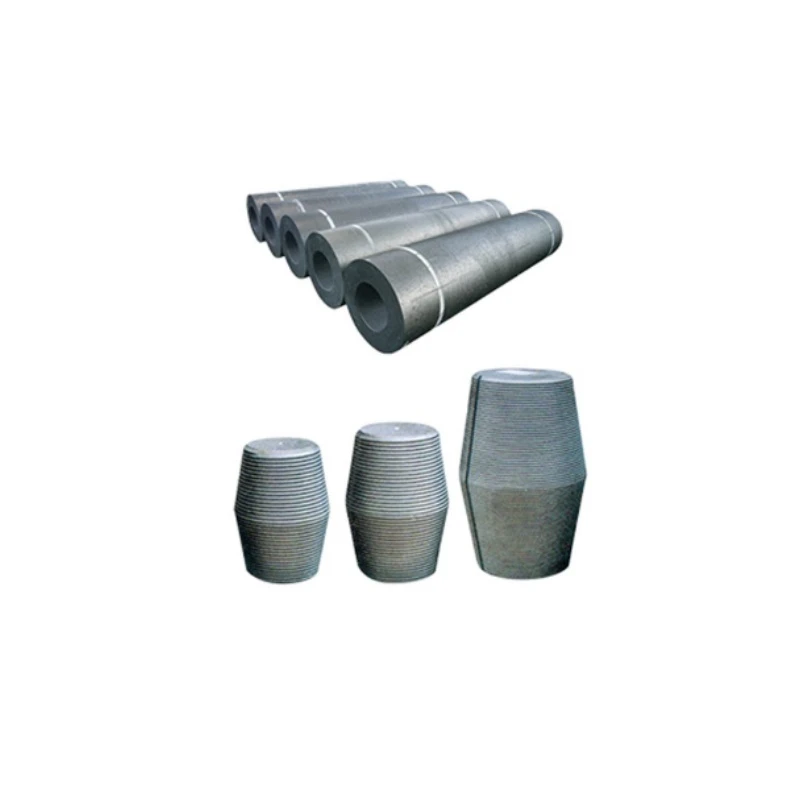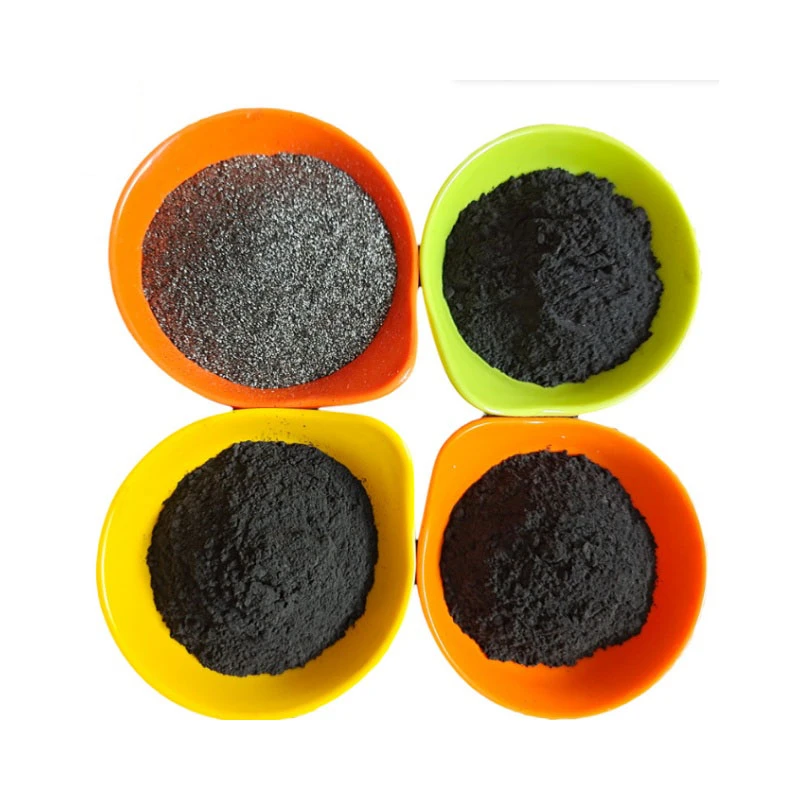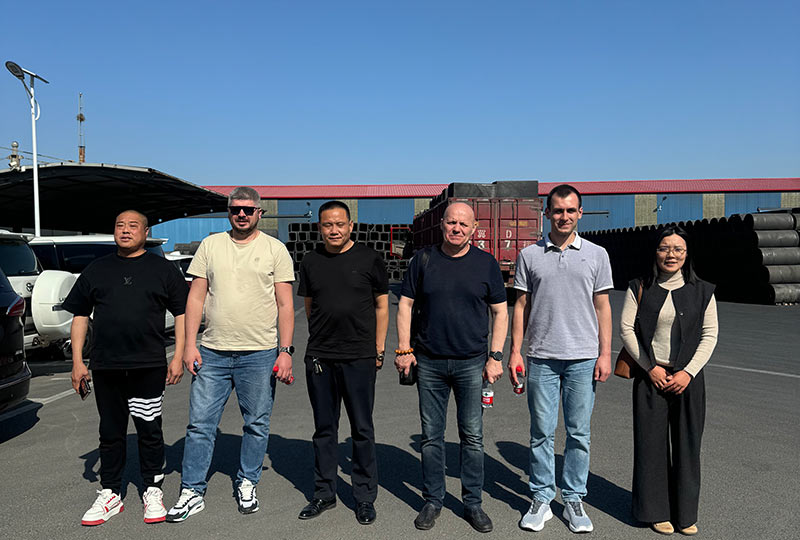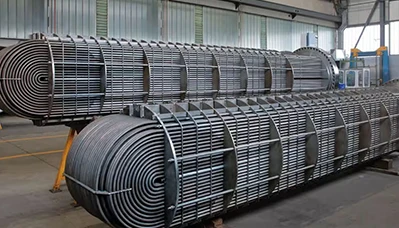- Englist




(graphite electrodes electric arc furnace)
Optimizing Electric Arc Furnace Operations with Graphite Electrodes
Key discussion points in this analysis:
- Industry statistics and performance benchmarks
- Technological innovations in electrode design
- Leading supplier comparison tables
- Customized solutions for production challenges
- Specialized electrode compositions
- Global implementation case studies
- Emerging industry developments
The steel industry consumes approximately 7.5 million tons of graphite electrodes annually, with electric arc furnaces accounting for 85% of global production capacity. Electrode performance directly impacts operational costs, with quality variations causing potential furnace downtime costing up to $15,000 per hour. Recent market analysis shows electrode efficiency improvements have reduced energy consumption by 11-18% in modern installations.
Performance Characteristics of Modern Electrodes
Ultra-high-power graphite electrodes demonstrate thermal conductivity rates of 150-180 W/mK, significantly higher than standard alternatives. Modern formulations achieve current densities exceeding 32 A/cm² while maintaining structural integrity at 1,200°C operational temperatures. Consumption rates vary between 1.0-2.5 kg per ton of steel depending on furnace conditions, representing a 30% reduction compared to 2010 industry benchmarks. Impregnation technologies utilizing proprietary pitch compositions have extended average electrode lifespan to 450-600 operating hours.
Manufacturer Technical Capabilities
Product differentiation between suppliers impacts furnace efficiency metrics considerably:
| Manufacturer | Diameter Range (mm) | Compressive Strength (MPa) | Thermal Shock Resistance | Nipple Connection Design |
|---|---|---|---|---|
| Global Supplier A | 400-800 | 22.8 | Superior | Tapered thread |
| Industrial Solution B | 350-750 | 19.5 | Excellent | Conical socket |
| Tech Producer C | 300-700 | 24.2 | Premium | Double-step thread |
Independent testing reveals thermal expansion coefficients between 0.8-1.4 × 10⁻⁶/K directly impact electrode joint integrity. Leading manufacturers now incorporate real-time performance monitoring systems into their premium product lines, allowing steelmakers to optimize power input parameters.
Application-Specific Engineering Solutions
Specialized electrode formulations address distinct operational challenges:
- High-oxidation environments: Ceramic-coated variants reduce oxidation losses by 40-55%
- Non-ferrous smelting: Copper-core designs enhance thermal conductivity by 30%
- Scrap variability: Gradient-density electrodes withstand irregular arc fluctuations
Production analysis from three integrated mills demonstrated customized graphite electrodes decreased energy consumption from 375 kWh/ton to 329 kWh/ton. This generated annual savings exceeding $1.2 million per furnace while increasing electrode utilization rates by 27%. For demanding scrap-based operations, composite nipple designs reduced connection failures by 80%.
Industrial Implementation Case Studies
A North American mini-mill achieved 92% operational uptime after switching to premium electrodes despite processing contaminated scrap stock. Their tailored solution featured:
- Section diameter: 650mm
- Current capacity: 120 kA
- Modified nipple geometry
Electrode consumption dropped to 1.3 kg/ton versus their previous 2.1 kg/ton average. In Germany, a specialized foundry producing aerospace-grade alloys implemented graphite electrodes with titanium-doping. This increased heat transfer consistency by 22% while reducing temperature differentials across the melt. The electrode formulation withstood higher reactive slag conditions without excessive sidewall consumption.
Evolution of Electrode Specifications
Material innovations continue transforming production economics:
| Development Phase | Core Advancements | Efficiency Gains |
|---|---|---|
| Pre-2010 | Standard power formulations | Baseline reference |
| 2010-2017 | Needle coke optimization | 19-25% consumption reduction |
| 2018-Present | Nano-engineered composites | Additional 15-18% improvement |
Modern impregnation techniques now incorporate carbon nanotubes, increasing electrode density to 1.82 g/cm³ while preserving flexibility. Digital twin simulation testing has enabled manufacturers to predict failure points under specific electrical profiles, allowing for preemptive design modifications before installation.
Future Evolution in Furnace Graphite Electrode Technology
Leading producers are piloting graphene-enhanced graphite electrodes that demonstrate 43% higher thermal conductivity in laboratory conditions. Three major steel groups have initiated trials with predictive electrode degradation systems that forecast replacement timing with 95% accuracy. These integrated sensors reduce unplanned downtime events by 60% and optimize electrode inventory management. As electric arc furnace production expands to 72% of global steel output by 2035, demand for specialized graphite electrodes will accelerate development of application-specific conductive materials. The next generation of furnace graphite electrode solutions will incorporate adaptive properties to automatically adjust performance characteristics based on real-time melt chemistry analysis.
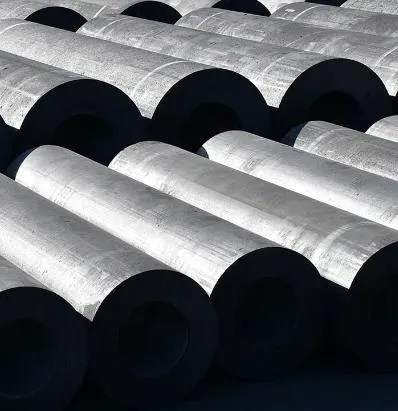
(graphite electrodes electric arc furnace)
FAQS on graphite electrodes electric arc furnace
Q: What are graphite electrodes in an electric arc furnace?
A: Graphite electrodes serve as conductive components in electric arc furnaces, transferring electrical energy to melt scrap metal. They withstand extreme temperatures exceeding 3,000°C generated during steelmaking operations, ensuring efficient heat distribution.
Q: Why are graphite electrodes critical for electric arc furnace efficiency?
A: Graphite electrodes enable precise control of the electric arc, optimizing energy consumption in steel recycling. Their high thermal resistance minimizes breakage risks, reducing operational downtime and maintenance costs.
Q: How do furnace graphite electrodes impact steel quality?
A: These electrodes maintain consistent electrical conductivity, preventing impurities during melting. Stable arcs ensure uniform temperature distribution, resulting in higher-purity steel with fewer defects.
Q: What determines the lifespan of electric arc furnace graphite electrodes?
A: Electrode lifespan depends on operating current intensity and oxidation management. Proper cooling systems and voltage regulation reduce tip erosion, extending usage cycles before replacement is needed.
Q: How are furnace graphite electrodes installed and maintained?
A: Electrodes are vertically connected using threaded sockets, requiring alignment checks to prevent joint failures. Regular inspections detect surface cracks, while automated control systems adjust positions to minimize wear.





 Pervious
Pervious
 Next
Next
